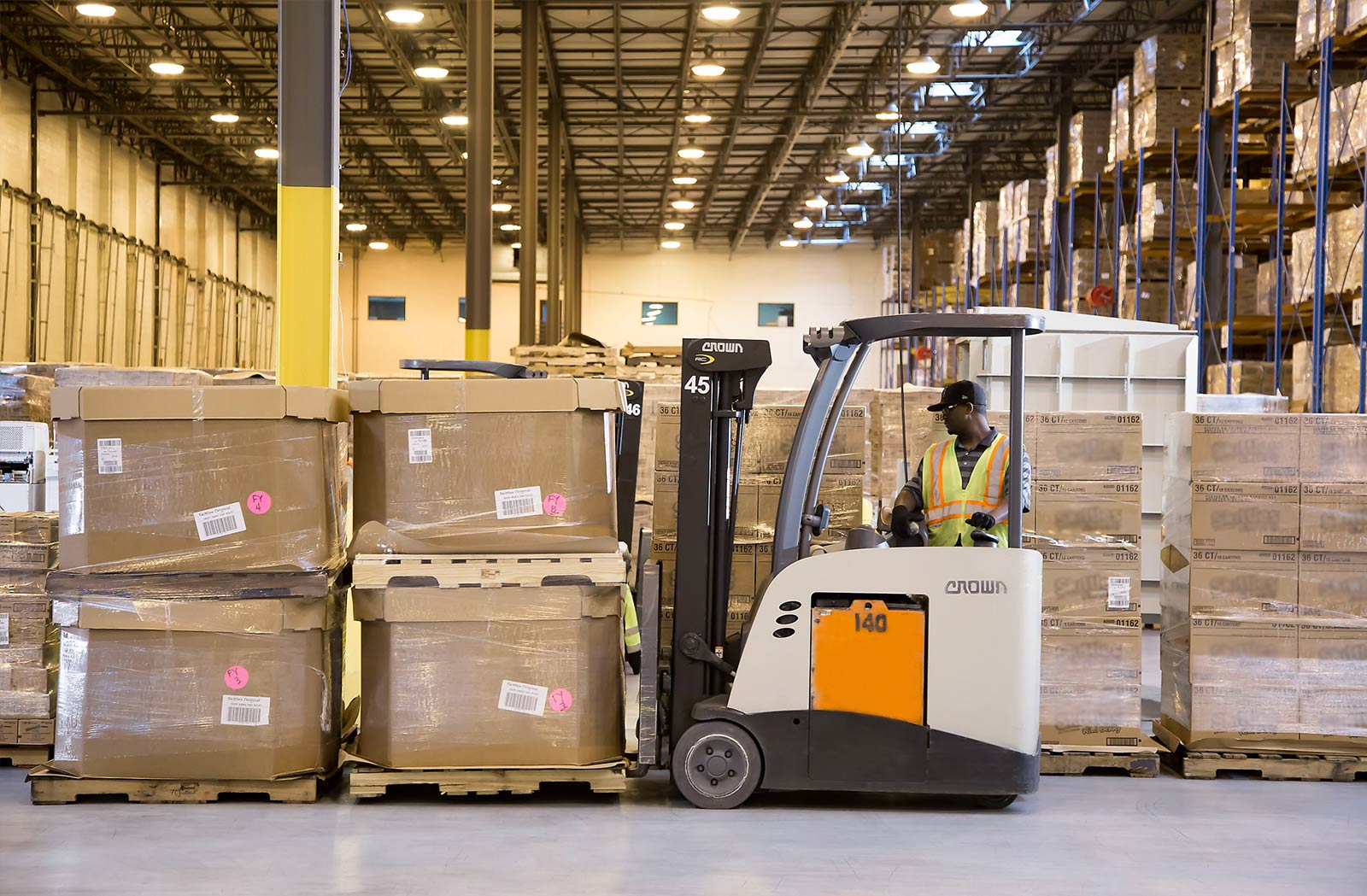Understanding Warehouse Roles: Job Types, Salaries, and Benefits Explained
Warehouse roles are essential to the supply chain, keeping goods moving efficiently from manufacturers to customers. From entry-level positions to specialized logistics roles, warehouse jobs offer stable employment, competitive salaries, and valuable benefits. This guide breaks down the main types of warehouse jobs, what employees can expect to earn, and the benefits often provided by employers. Whether you're exploring new opportunities or curious about the logistics industry, understanding how warehouse work operates can help you make informed decisions about this field.

The warehouse industry represents a significant employment sector, encompassing a wide range of positions that keep goods moving through the supply chain. Whether you’re considering a career change or exploring entry-level opportunities, understanding the landscape of warehouse employment can help you make informed decisions about your professional path. This sector has grown substantially in recent years, driven by e-commerce expansion and evolving logistics needs.
What Are the Different Types of Warehouse Jobs?
Warehouse facilities require diverse skill sets across multiple operational areas. Material handlers and order pickers represent entry-level positions, responsible for locating, retrieving, and preparing items for shipment. These roles typically involve physical activity, including lifting, walking, and operating basic equipment.
Forklift operators hold specialized positions requiring certification and training. They move palletized goods, load and unload trucks, and organize inventory in elevated storage areas. Warehouse associates perform varied tasks including receiving, sorting, packing, and quality control functions.
Shipping and receiving clerks manage documentation, verify orders, and coordinate with transportation providers. Inventory control specialists track stock levels, conduct cycle counts, and maintain accuracy in warehouse management systems. Supervisory positions include team leads, shift managers, and warehouse managers who oversee operations, staff scheduling, and performance metrics.
How Does Warehouse Salaries and Pay Structure Work?
Compensation in warehouse environments varies based on position level, geographic location, company size, and individual experience. Entry-level material handlers and order pickers typically start at hourly rates that reflect local minimum wage standards or slightly above, with potential for increases based on performance and tenure.
Forklift operators and specialized equipment handlers generally earn higher hourly rates due to certification requirements and skill demands. Shift differentials commonly apply, with evening, overnight, and weekend hours commanding premium pay rates ranging from additional percentages above base rates.
Supervisory and management positions often transition to salaried compensation structures. These roles may include performance bonuses tied to productivity metrics, safety records, or operational efficiency targets. Some facilities offer incentive pay based on individual or team output, particularly in high-volume distribution centers.
Overtime opportunities frequently exist during peak seasons, allowing hourly workers to significantly increase earnings. Pay progression typically follows established scales, with regular reviews and advancement tied to skill development, certifications, and leadership capabilities.
What Are Common Benefits in Warehouse Jobs?
Many warehouse employers provide comprehensive benefits packages, particularly larger companies and established logistics providers. Health insurance options often include medical, dental, and vision coverage, with varying employee contribution requirements based on company size and industry standards.
Retirement savings plans, including employer-matching contributions, represent standard offerings at many facilities. Paid time off accrues based on tenure and position level, encompassing vacation days, sick leave, and recognized holidays. Some employers provide personal days or flexible time-off policies.
Employee assistance programs offer resources for mental health support, financial counseling, and wellness initiatives. Tuition reimbursement or educational assistance programs help workers pursue additional training, certifications, or degree programs relevant to supply chain management and logistics.
Safety equipment and training receive significant emphasis, with employers providing necessary protective gear and ongoing education. Employee discounts on company products or services add value for workers at retail-affiliated distribution centers. Life insurance and disability coverage round out typical benefits packages at established facilities.
What Career Growth and Advancement Opportunities Exist?
Warehouse careers offer multiple pathways for professional development and upward mobility. Entry-level workers can advance through skill acquisition, obtaining forklift certifications, equipment operation licenses, or specialized training in inventory management systems and warehouse management software.
Demonstrating reliability, productivity, and leadership potential opens doors to team lead and supervisory roles. These positions involve coordinating small groups, training new employees, and managing daily operational tasks under manager oversight. Further advancement leads to shift manager, operations manager, and facility manager positions with increasing responsibility.
Lateral movement opportunities exist across different warehouse functions, allowing workers to gain diverse experience in receiving, shipping, inventory control, or quality assurance. Cross-training initiatives help employees develop versatile skill sets valuable for advancement.
Some organizations offer formal leadership development programs, mentorship opportunities, and clear promotion tracks. Workers interested in supply chain careers can leverage warehouse experience as a foundation for roles in logistics coordination, procurement, distribution planning, or supply chain analysis. Industry certifications in logistics and supply chain management enhance credentials and advancement prospects.
How Do Work Environments and Conditions Vary?
Warehouse working conditions depend on facility type, climate control systems, and operational requirements. Temperature-controlled environments maintain consistent conditions for sensitive products, while standard warehouses may experience seasonal temperature variations. Modern facilities increasingly incorporate ergonomic design principles, automated systems, and climate management.
Physical demands vary by position but commonly include standing for extended periods, repetitive motions, and lifting requirements within specified weight limits. Safety protocols, protective equipment requirements, and ergonomic tools help minimize injury risks. Shift schedules range from traditional daytime hours to rotating shifts, nights, weekends, and flexible arrangements.
Technological integration continues transforming warehouse work, with automated systems, robotics, and digital inventory management changing job requirements and creating new specialized positions. Workers who adapt to technological changes and develop technical skills position themselves for long-term success in evolving warehouse environments.
Conclusion
Warehouse employment offers accessible entry points into the workforce alongside structured advancement opportunities for dedicated workers. The sector provides essential functions within supply chains while offering competitive compensation, benefits packages, and career development pathways. Understanding the various roles, compensation structures, and growth opportunities helps individuals evaluate whether warehouse careers align with their professional goals and personal circumstances. As the industry continues evolving with technological integration and changing logistics demands, workers who pursue skill development and demonstrate adaptability can build sustainable careers in this vital sector.



